

- RFQ
- BOM
-
Contact Us
Tel: +86-0755-83501315
Email: sales@sic-components.com
- Chinese
- English
- French
- German
- Portuguese
- Spanish
- Russian
- Japanese
- Korean
- Arabic
- Irish
- Greek
- Turkish
- Italian
- Danish
- Romanian
- Indonesian
- Czech
- Afrikaans
- Swedish
- Polish
- Basque
- Catalan
- Esperanto
- Hindi
- Lao
- Albanian
- Amharic
- Armenian
- Azerbaijani
- Belarusian
- Bengali
- Bosnian
- Bulgarian
- Cebuano
- Chichewa
- Corsican
- Croatian
- Dutch
- Estonian
- Filipino
- Finnish
- Frisian
- Galician
- Georgian
- Gujarati
- Haitian
- Hausa
- Hawaiian
- Hebrew
- Hmong
- Hungarian
- Icelandic
- Igbo
- Javanese
- Kannada
- Kazakh
- Khmer
- Kurdish
- Kyrgyz
- Latin
- Latvian
- Lithuanian
- Luxembou..
- Macedonian
- Malagasy
- Malay
- Malayalam
- Maltese
- Maori
- Marathi
- Mongolian
- Burmese
- Nepali
- Norwegian
- Pashto
- Persian
- Punjabi
- Serbian
- Sesotho
- Sinhala
- Slovak
- Slovenian
- Somali
- Samoan
- Scots Gaelic
- Shona
- Sindhi
- Sundanese
- Swahili
- Tajik
- Tamil
- Telugu
- Thai
- Ukrainian
- Urdu
- Uzbek
- Vietnamese
- Welsh
- Xhosa
- Yiddish
- Yoruba
- Zulu
- Kinyarwanda
- Tatar
- Oriya
- Turkmen
- Uyghur
Analog Devices RF Switches: Pioneering High-Performance Signal Routing Solutions
Analog Devices (ADI), a global leader in high-performance semiconductor technology, has established an unparalleled reputation in the RF switch domain through decades of innovation. As a cornerstone of modern signal routing systems, ADI’s RF switches address the most demanding requirements of next-generation electronics—delivering ultra-low insertion loss, exceptional isolation, and robust reliability across frequency bands from DC to terahertz. Unlike conventional switches, ADI’s solutions are engineered to adapt to diverse scenarios: from 5G millimeter-wave (mmWave) base stations handling massive data throughput to automotive radar systems operating in harsh temperature cycles, and from aerospace-grade transceivers enduring extreme radiation to industrial test equipment requiring nanosecond-level precision. This article comprehensively explores ADI’s RF switch technologies, product ecosystem, real-world applications, technical breakthroughs, and future roadmap, highlighting how the company shapes the landscape of wireless and wired signal routing.
Core Technologies and Working Principles
ADI’s RF switches are built on four foundational semiconductor technologies, each optimized for specific performance tradeoffs (e.g., power handling, frequency range, linearity). These technologies enable ADI to cover nearly every RF application scenario, from consumer electronics to mission-critical defense systems.
Silicon-On-Insulator (SOI) Switches
SOI technology is the backbone of ADI’s high-frequency, high-isolation switch portfolio, leveraging a silicon layer separated by a thin insulating oxide (typically SiO₂) to minimize parasitic capacitance and crosstalk.
Working Mechanism: ADI’s proprietary SOI process uses fully depleted (FD) silicon channels, which reduce carrier scattering and enable linear operation even at high frequencies. The oxide layer isolates the active silicon from the substrate, eliminating substrate leakage currents that degrade RF performance. This design achieves insertion loss as low as 1.5 dB at 40 GHz and maintains stability up to 44 GHz—far exceeding the capabilities of traditional bulk silicon switches.
Key Advantages:
Broad Frequency Coverage: DC to 44 GHz, making it ideal for multi-band systems (e.g., 5G Sub-6 GHz and mmWave).
Superior Isolation: Devices like the ADRF5026 (a SP4T SOI switch) deliver 45 dB isolation at 28 GHz, critical for preventing signal leakage between transmit and receive paths in 5G base stations.
Robustness: Integrated ESD protection (up to 2 kV HBM) and compact LGA packaging (3 mm × 3 mm) reduce board space by 30% compared to competing solutions, a necessity for space-constrained devices like mmWave modules.
Typical Applications: 5G mmWave base stations (beamforming networks), military radar (signal routing for phased arrays), and test equipment (broadband signal switching).
MEMS Switches
ADI’s Micro-Electro-Mechanical Systems (MEMS) switches represent a paradigm shift in high-precision RF routing, using electrostatically actuated mechanical contacts to achieve performance unattainable with solid-state technologies.
Working Mechanism: A thin cantilever beam (made of silicon or metal) is electrostatically pulled toward a contact pad when a voltage is applied, creating a low-resistance path for RF signals. When the voltage is removed, the beam springs back to the off position. ADI’s MEMS design uses gold-to-gold contacts (for minimal contact resistance) and a hermetic seal (to protect against environmental contamination), enabling ultra-low loss and long-term reliability.
Key Advantages:
Ultra-Low Loss & Linearity: 1 dB insertion loss at 26.5 GHz and third-order intercept point (IP3) > 69 dBm—far higher linearity than FET or SOI switches, making it ideal for precision test and measurement.
Exceptional RF Performance: A RonCoff product (on-resistance × off-capacitance) < 8 fs, a key metric for high-frequency signal integrity, ensuring minimal signal distortion even at 100 GHz.
Long Lifespan: 10+ billion switching cycles (10x more than electromechanical relays) and 10-year operational stability at 85°C, critical for medical devices (e.g., diagnostic imaging) and satellite systems that require maintenance-free operation.
Typical Applications: Precision test equipment (e.g., RF signal generators), satellite transceivers (low-loss routing for Ka-band signals), and medical imaging (low-distortion signal switching for MRI machines).
FET-Based Switches
Field-Effect Transistor (FET) switches—built on MOSFET or GaAs PHEMT (Pseudomorphic High Electron Mobility Transistor) technologies—excel at fast switching and high power handling, making them a staple in 5G and automotive systems.
Working Mechanism: FET switches use transistor channels to control signal flow: applying a gate voltage turns the transistor “on” (low resistance), while removing the voltage turns it “off” (high resistance). ADI’s FET designs optimize channel doping and gate geometry to balance speed, power, and linearity. For example, GaAs PHEMT switches offer faster switching (nanosecond-level) than SOI, while MOSFET switches reduce power consumption with single-supply operation.
Key Advantages:
High Power Handling: Devices like the ADG1212 (a SPST FET switch) support 80 W peak power—critical for 5G massive MIMO systems, where multiple antennas transmit high-power signals simultaneously.
Low Power Operation: Single 5 V supply and bias current < 1 mA, reducing thermal management complexity in battery-powered devices (e.g., industrial IoT sensors).
Fast Switching: < 10 ns transition time, enabling dynamic beamforming in 5G base stations and real-time signal routing in automotive radar.
Typical Applications: 5G base stations (massive MIMO T/R modules), automotive radar (77–79 GHz signal switching), and industrial automation (high-speed sensor data routing).
PIN Diode Switches
PIN diode switches leverage the unique properties of PIN diodes (a layered structure of P-type, intrinsic, and N-type semiconductor) to handle high power and broadband signals, making them ideal for defense and industrial applications.
Working Mechanism: Applying a forward bias to the PIN diode reduces its resistance (allowing signal flow), while a reverse bias increases resistance (blocking signals). ADI’s PIN diode switches integrate on-chip bias networks, eliminating the need for external resistors and capacitors—simplifying design and reducing PCB area.
Key Advantages:
High Power & Linearity: Handles up to 100 W average power and maintains linearity across DC to 20 GHz, making it suitable for high-power transmit/receive (T/R) modules.
Broadband Performance: Consistent insertion loss (2–3 dB) from DC to 20 GHz, avoiding the frequency-dependent losses of other switch technologies.
Simplified Design: Integrated bias networks (as in the ADRF5010 series) reduce component count by 40%, accelerating time-to-market for defense systems.
Typical Applications: Defense T/R modules (e.g., military radar), industrial heating systems (high-power RF signal switching), and broadcast transmitters (broadband signal routing).
Product Portfolio and Key Features
ADI’s RF switch portfolio is organized by configuration, frequency range, and application-specific requirements, ensuring engineers can find a tailored solution for nearly any use case. Below are the most impactful product lines, with a focus on their unique capabilities:
Single-Pole Multi-Throw (SPnT) Switches
SPnT switches (e.g., SP4T, SP8T) route a single input signal to multiple outputs, critical for multi-channel systems like 5G base stations and test equipment.
ADGM1304 (SP4T MEMS Switch):
Frequency Range: DC to 14 GHz
Key Specs: 0.5 nA off-state leakage (minimizes power waste in idle mode), 2.5 kV ESD protection (ideal for harsh test environments), and 1.2 dB insertion loss at 10 GHz.
Use Case: Automated test equipment (ATE) for semiconductor manufacturing, where high channel density and low leakage are essential.
ADRF5027 (SP4T SOI Switch):
Frequency Range: 9 kHz to 44 GHz
Key Specs: 2.2 dB insertion loss at 40 GHz, 42 dB isolation at 28 GHz, and full-shutdown mode (reduces power consumption by 90% when not in use).
Use Case: 5G mmWave base stations, where it routes signals between multiple antenna elements for beamforming.
Differential Switches
Differential switches handle balanced signals (common in high-speed data converters and SerDes interfaces), minimizing noise and crosstalk.
ADRF5028 (Differential SPST Switch):
Frequency Range: DC to 20 GHz
Key Specs: 40 dB isolation, < -60 dBc crosstalk (prevents signal interference), and compatibility with 16-bit ADCs/DACs.
Use Case: High-speed data acquisition systems (e.g., industrial sensors), where differential signals maintain precision over long PCB traces.
High-Power Switches
Designed for applications requiring robust power handling, these switches support peak powers up to 80 W and integrate features to reduce thermal stress.
ADG1212 (SPST High-Power FET Switch):
Power Handling: 80 W peak (at 2 GHz)
Key Specs: 1.8 dB insertion loss at 2 GHz, integrated thermal shutdown (prevents overheating), and 90% smaller PCB footprint than PIN diode alternatives.
Use Case: 5G TDD (Time Division Duplex) base stations, where it switches between transmit and receive modes without signal degradation.
ADG1216 (SPST FET Switch with Integrated LNA):
Key Feature: On-chip Low-Noise Amplifier (LNA) with 15 dB gain, eliminating the need for a separate LNA and reducing system noise.
Use Case: Automotive radar modules, where the LNA amplifies weak return signals while the switch routes high-power transmit signals.
Ultra-Wideband (UWB) Switches
UWB switches cover DC to 44 GHz, making them suitable for multi-band systems and test equipment that require broadband performance.
ADRF5026 (SP4T UWB SOI Switch):
Frequency Range: 100 MHz to 44 GHz
Key Specs: 3.8 dB insertion loss at 40 GHz, full-shutdown control (for redundant signal paths), and -40°C to +105°C operating temperature.
Use Case: Satellite communication systems, where it routes signals across Ka-band (26.5–40 GHz) and X-band (8–12 GHz) for global coverage.
Key Applications
ADI’s RF switches are not just components—they are enablers of next-generation technologies, solving unique challenges in four critical industries:
5G and 6G Communications
5G’s demand for high bandwidth, low latency, and massive connectivity relies on ADI’s switches to manage complex signal routing.
Massive MIMO Systems: 5G base stations with 64+ antennas require switches that handle high power and fast beamforming. ADI’s ADG1212 (80 W peak power) and ADRF5027 (44 GHz coverage) work in tandem to route signals to individual antenna elements, enabling dynamic beam adjustment. When paired with HBM (High-Bandwidth Memory) for data processing, these switches help achieve 460 GB/s bandwidth—enough to support 10,000 concurrent 4K video streams.
Millimeter-Wave Networks: 28–43 GHz mmWave bands deliver ultra-high speed but suffer from signal attenuation. ADI’s ADRF5026 (3.8 dB insertion loss at 40 GHz) minimizes signal loss, while its full-shutdown control ensures redundant paths for reliable connectivity in dense urban environments (e.g., downtown skyscrapers).
6G Readiness: ADI is already developing switches for 6G’s terahertz (THz) bands (100+ GHz), which will enable 100x faster speeds than 5G. These switches target < -130 dBc/Hz phase noise to maintain signal purity in THz communications.
Automotive Electronics
Automotive systems demand switches that operate reliably across -40°C to +125°C (AEC-Q100 Grade 2) and support safety-critical functions like ADAS (Advanced Driver Assistance Systems).
ADAS and Autonomous Driving: 77–79 GHz radar systems use ADI’s MEMS switches (e.g., ADGM1304) for beam steering. The switch’s 1 dB insertion loss and high linearity enable precise detection of pedestrians, cyclists, and other vehicles—reducing blind spots by 30% compared to fixed-beam radar.
Vehicle-to-Everything (V2X) Communications: V2X systems require high-isolation switches to protect sensitive receivers from high-power transmit signals. ADI’s ADRF5020 (SOI switch with 45 dB isolation) ensures V2X modules can simultaneously transmit (at 23 dBm) and receive (at -100 dBm) without interference, critical for collision avoidance.
Infotainment Systems: Low-power FET switches (e.g., ADG706) route audio/video signals between multiple displays (dashboard, rear-seat entertainment) with < 1 mA bias current, extending battery life in electric vehicles.
Aerospace and Defense
Defense and aerospace applications demand switches that withstand extreme conditions: radiation, vibration, and wide temperature ranges.
Phased-Array Radar: Military radar systems (e.g., airborne early-warning radars) use ADI’s PIN diode switches (ADRF5010) for real-time beamforming. The switch’s 100 W power handling and X-band/Ku-band coverage enable radar to track multiple targets (e.g., missiles, aircraft) at 100+ km range.
Satellite Transceivers: Space-based systems require radiation-hardened components. ADI’s MEMS switches (radiation-tolerant to 100 krad) provide low-loss routing for Ka-band (26.5–40 GHz) signals in LEO (Low Earth Orbit) satellites, ensuring reliable communication with ground stations.
Electronic Warfare (EW): EW systems need fast-switching, high-linearity switches to jam or detect enemy signals. ADI’s FET switches (10 ns transition time) and SOI switches (44 GHz coverage) enable EW modules to adapt to changing threat environments in real time.
Industrial and Test Equipment
Industrial systems and test gear require switches that balance precision, reliability, and cost-effectiveness.
Automated Test Systems (ATE): Semiconductor manufacturing relies on ATE to test chips at scale. ADI’s ADGM1004 (MEMS switch with 14 GHz bandwidth and 2.5 kV ESD protection) handles high-channel-density testing, reducing the number of test fixtures by 50% and cutting production costs.
Industrial IoT (IIoT): IIoT sensors (e.g., temperature, pressure) use low-power FET switches (ADG706) to route data to wireless modules. The switch’s < 1 mA current consumption extends sensor battery life to 5+ years, eliminating frequent maintenance.
Machine Vision: High-speed industrial cameras (20+ MP) use differential switches (ADRF5028) to transmit image data with < -60 dBc crosstalk, ensuring defect detection (e.g., semiconductor wafer inspection) with millisecond-level precision.
Technical Challenges and Innovations
ADI’s leadership in RF switches stems from its ability to solve industry-wide technical pain points—turning limitations into competitive advantages.
Balancing Low Insertion Loss and High Isolation
Challenge: Insertion loss (signal attenuation when the switch is on) and isolation (signal blocking when off) are often tradeoffs—reducing one increases the other. This is critical in high-frequency systems (e.g., mmWave), where even 0.5 dB extra loss degrades range.
ADI’s Solution:
SOI Switches: ADI uses narrowband impedance matching (via distributed capacitors and inductors) to achieve 2.4 dB flat insertion loss across 28–43 GHz, while maintaining 45 dB isolation. This design minimizes signal reflection and leakage simultaneously.
MEMS Switches: Gold-to-gold contacts reduce contact resistance to < 0.5 Ω, while a hermetic seal eliminates environmental contamination (which increases loss over time). The result: 1 dB insertion loss at 26.5 GHz with 50 dB isolation.
Handling High Power Without Thermal Failure
Challenge: High-power signals (e.g., 80 W in 5G TDD) generate heat, which degrades switch performance and shortens lifespan. Traditional PIN diode switches require large heat sinks, increasing PCB size.
ADI’s Solution:
FET Switches: The ADG1212 uses a multi-finger transistor layout (10+ parallel transistor channels) to distribute current evenly, reducing local hotspots. An integrated copper 散热层 (heat spreader) improves thermal conductivity by 2x, enabling 80 W peak power without external heat sinks.
PIN Diode Switches: ADI’s ADRF5010 integrates a thermal feedback loop that adjusts bias current based on temperature, preventing overheating in high-power T/R modules.
5.3 Miniaturization for Space-Constrained Applications
Challenge: 5G mmWave modules, automotive radar, and wearables require switches that occupy < 10 mm² of PCB space—impossible with traditional discrete designs.
ADI’s Solution:
MEMS Switches: Packaged in 1.5 mm × 0.8 mm CSP (Chip Scale Package), ADI’s MEMS switches are 70% smaller than competing MEMS solutions. The hermetic seal is integrated into the package, eliminating the need for external protection.
Multi-Chip Modules (MCMs): ADI combines switches with LNAs, filters, and bias networks in a single MCM (e.g., ADG1216 with integrated LNA). This reduces PCB area by 90% compared to discrete designs and minimizes signal loss between components.
Ensuring Reliability in Extreme Environments
Challenge: Aerospace and automotive applications expose switches to radiation, vibration, and temperature cycles (-55°C to +125°C), which cause metal fatigue and semiconductor degradation.
ADI’s Solution:
Radiation Hardening: Space-grade MEMS switches use reinforced silicon cantilevers and radiation-tolerant metals (e.g., tantalum) to withstand 100 krad of ionizing radiation—10x more than commercial switches.
Vibration Resistance: Automotive switches (e.g., ADGM1304) undergo 20 g vibration testing (per AEC-Q100) and use flexible bond wires to absorb mechanical stress, preventing contact failure.
Temperature Stability: SOI switches use thermal compensation circuits to adjust bias voltage across -40°C to +105°C, ensuring insertion loss varies by < 0.3 dB—critical for automotive radar’s precision.
Future Trends and Innovations
ADI is not just keeping pace with industry trends—it is defining them, with three key focus areas for the next decade:
Terahertz (THz) Switches for 6G
6G will rely on THz bands (100 GHz–1 THz) to deliver 1 Tbps speeds, but THz signals are highly attenuated and require ultra-low-loss switches. ADI is developing THz MEMS switches with:
Insertion Loss < 0.8 dB at 300 GHz: Achieved via advanced materials (e.g., graphene contacts) and sub-micron mechanical design.
Phase Noise < -130 dBc/Hz: Ensures signal purity for THz communications and imaging (e.g., medical cancer detection via THz spectroscopy).
Integration with THz Antennas: Co-designing switches and antennas in a single MCM to minimize 互联损耗,critical for THz’s short range.
AI-Enhanced Design and Maintenance
ADI is leveraging AI to streamline switch design and extend system lifespan:
ADISimRF 2.0: A cloud-based simulation tool that uses machine learning to predict switch performance across frequency, temperature, and power. Engineers can input application requirements (e.g., 5G mmWave, 80 W power) and receive optimized switch designs in minutes—cutting 研发周期 by 50%.
Predictive Maintenance: Embedding sensors in switches to monitor Ron (on-resistance) and Coff (off-capacitance) in real time. AI algorithms analyze these metrics to predict failures (e.g., contact wear) and trigger maintenance alerts, reducing unplanned downtime in industrial and aerospace systems by 30%.
Sustainable and Space-Grade Solutions
Sustainability and extreme-environment reliability are top priorities:
Green Packaging: ADI’s RoHS-compliant packages eliminate lead, mercury, and other hazardous materials. The company is also developing bio-degradable packaging for consumer electronics switches, reducing e-waste.
Space-Grade MEMS 2.0: Next-generation radiation-hardened MEMS switches for deep-space missions (e.g., Mars rovers) will withstand 1 Mrad of radiation and -180°C to +120°C temperatures, using cryogenic-compatible materials (e.g., titanium) and self-healing contacts.
Conclusion
Analog Devices’ RF switches stand at the intersection of performance, reliability, and innovation—enabling technologies that define modern life: 5G connectivity, autonomous vehicles, precision medicine, and global satellite communication. By mastering diverse technologies (SOI, MEMS, FET, PIN diode) and solving industry pain points (low loss, high power, miniaturization), ADI has established itself as the go-to partner for RF signal routing.
As the industry evolves toward 6G, THz imaging, and AI-driven systems, ADI’s focus on THz switches, AI design tools, and sustainable solutions will ensure it remains a leader. Whether powering a 5G base station in a bustling city or a radar system on a Mars rover, ADI’s RF switches are more than components—they are the backbone of a connected, intelligent future.
https://www.sic-components.com/

Hot Products
View MoreRelated Blogs

2000+
Daily average RFQ Volume

30,000,000
Standard Product Unit

2800+
Worldwide Manufacturers

15,000 m2
In-stock Warehouse



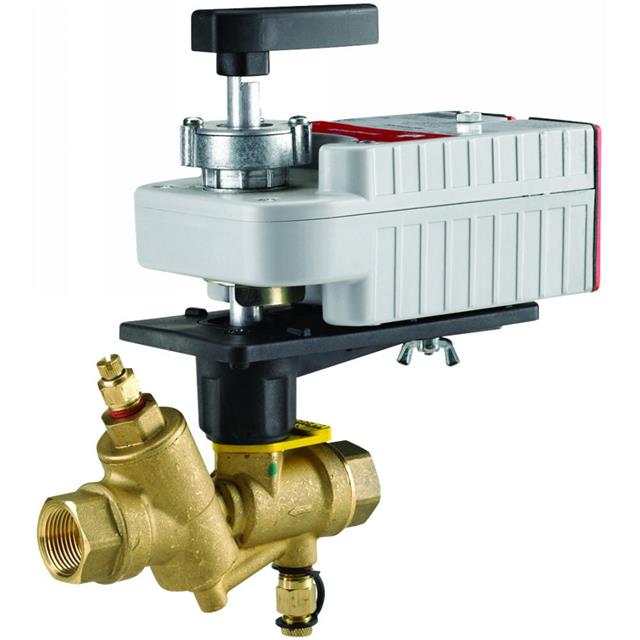
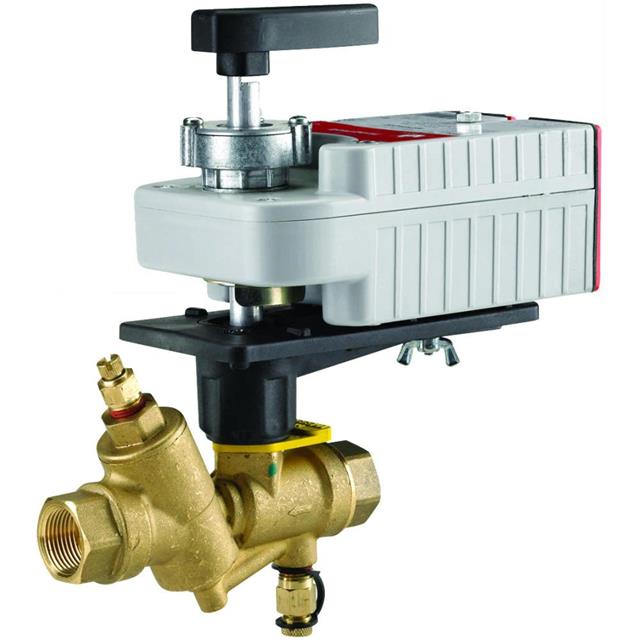
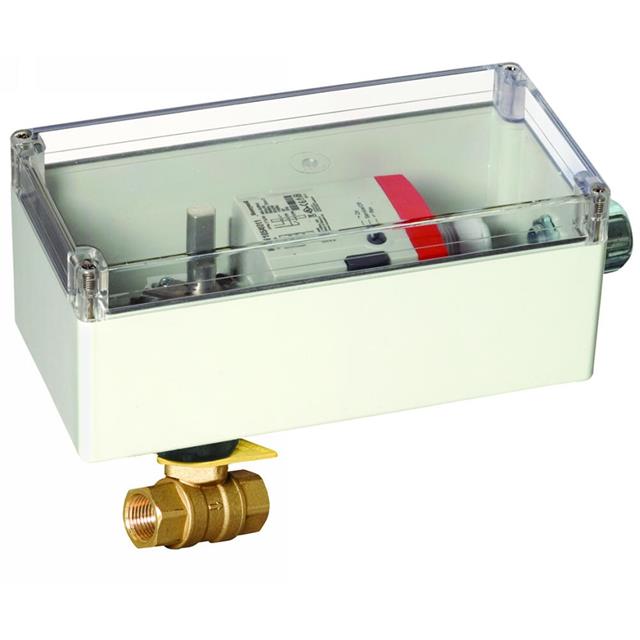
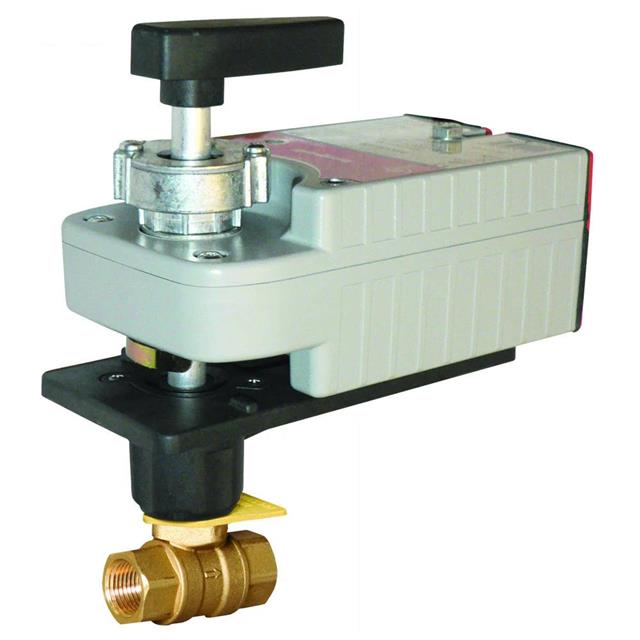
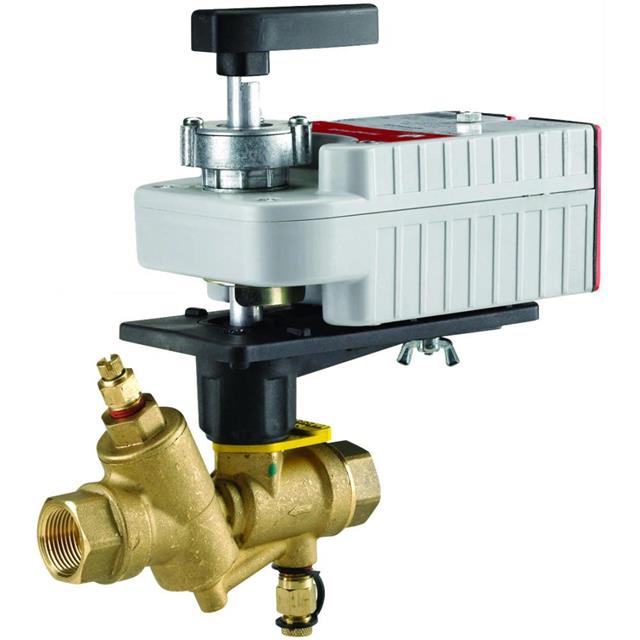

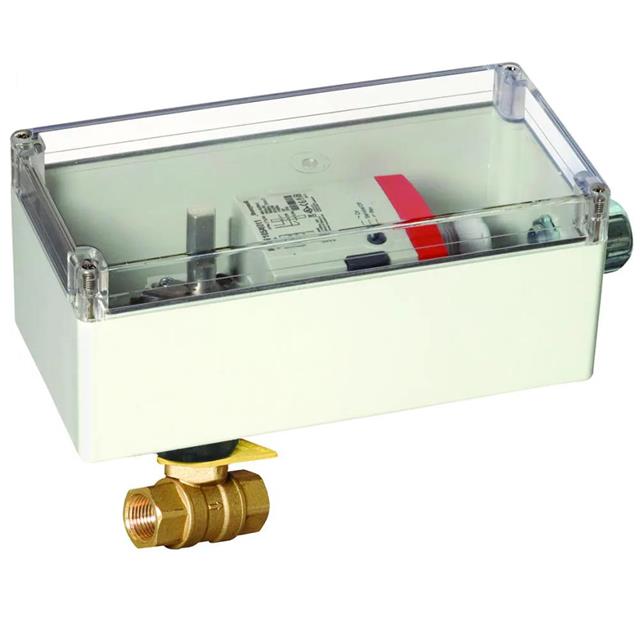
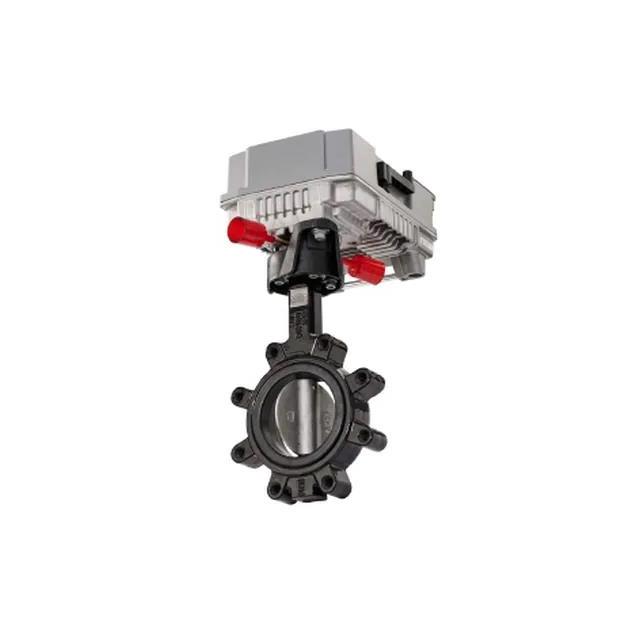
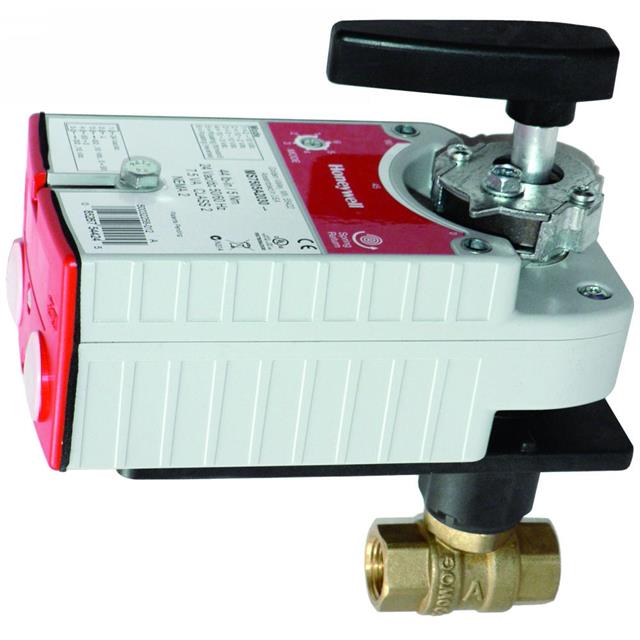
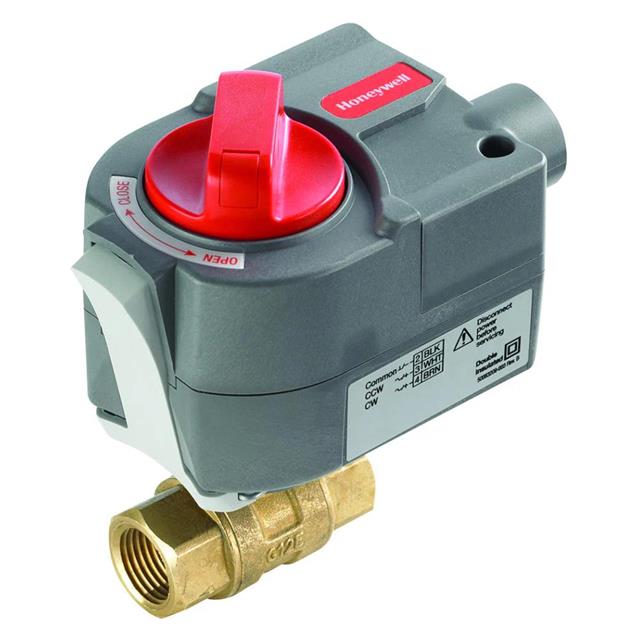










 Wishlist (0 Items)
Wishlist (0 Items)